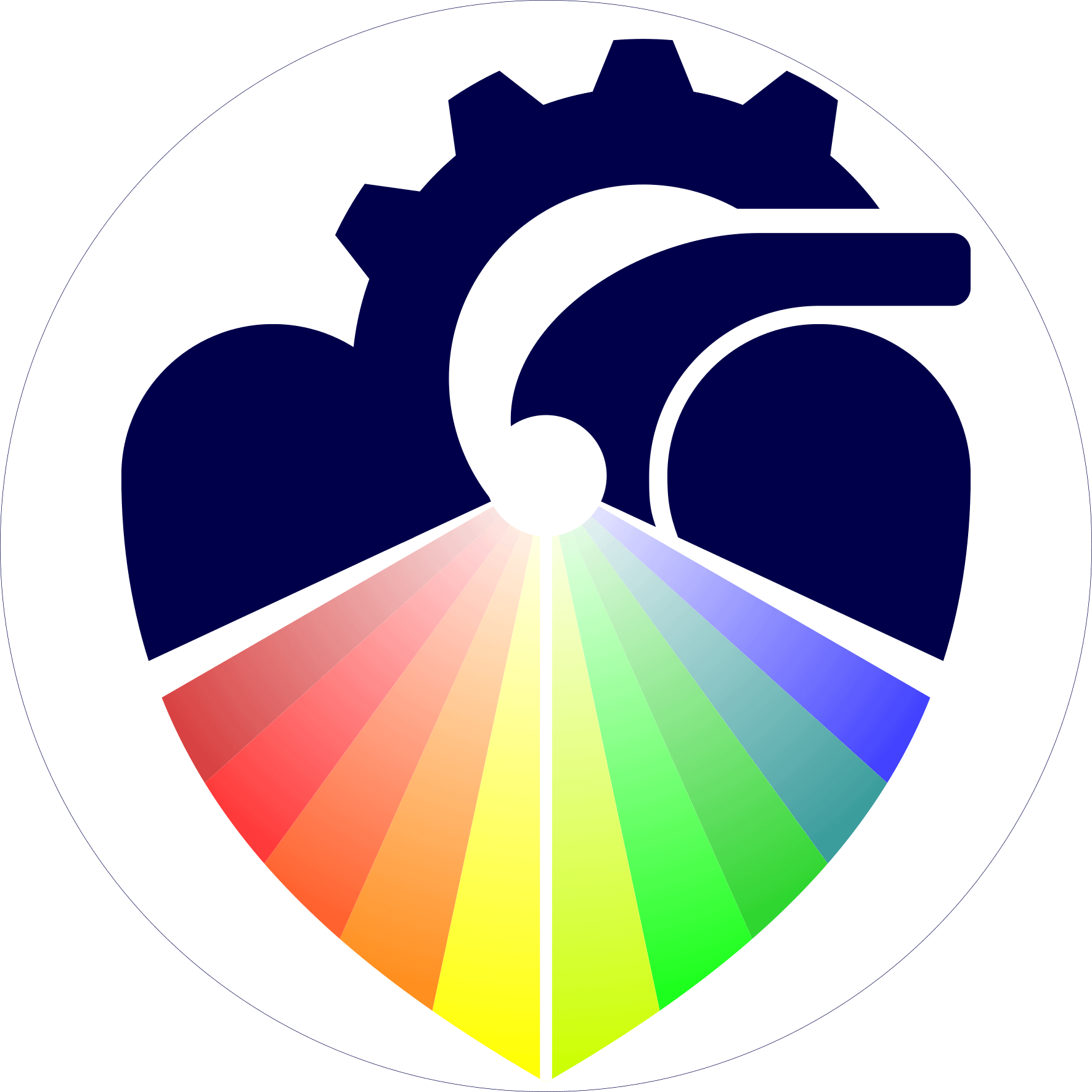
Henrik Thiedig develops fluorescence system for studying model organisms.
Model organisms such as the nematode Caenorhabditis elegans (C. elegans) are indispensable in biomedical research. Due to their transparency, genetic manipulability, and the evolutionary proximity of many biological functions to higher organisms, they are ideal for investigating fundamental mechanisms of development, cell biology, or diseases.
However, imaging techniques often reach their limits here: many methods only provide two-dimensional images or are too slow for real-time studies of living organisms. At the Ernst Abbe University of Applied Sciences in Jena, a novel multimodal imaging system was therefore developed that combines optical coherence tomography (OCT) with fluorescence microscopy.
As part of his bachelor’s thesis in the TOOLS project, Henrik Thiedig has expanded the existing OCT system to include fluorescence imaging. OCT enables contactless and fast 3D imaging with micrometer-precise resolution. Fluorescence microscopy provides additional information about specific structures or metabolic processes in tissue. By combining both methods, it will be possible in the future to visualize both the exact location of cells and their functional properties.
The system architecture was successfully integrated into the existing OCT system and validated in tests. This means that a powerful prototype is now available that can be used not only in C. elegans research but also in other biomedical projects in the future.
We would like to congratulate Henrik Thiedig on his successful work!
